biography
Catalogue: INDRIKIS GELZIS
Upcoming:
- Tatjana Pieters
Group show
Spring, 2024
Belgium
- NADA NY
Solo show
May 2- 5 ,2024
New York, USA
- Superstudio3 @AAW24 by Stellar
Group show
May, 2024
Antwerpen, Belgium
- Polina Berlin gallery
Solo show
September, 2024
New York, USA
- Flats
Group show
September, 2024
Brussels, Belgium
- Suprainfinit gallery
Solo Show
April, 2025
Romania
Past solo shows:
- Watery Day's Eye
Kim? Contemporary Art Centre. Riga, Latvia
Riga, Latvia
August 24 - October 9, 2023
- Art Brussels
Solo presentation / Discovery section
Represented by ASHES/ASHES NY
Brussels, Belgium
April 20 - 23, 2023
- Yawn holding Fields
Tatjana Pieters gallery
Ghent, Belgium
March 12 - 17.04.2022
- Liste
Solo presentation
Suprainfinit gallery
Basel, Switzerland
September 21 - 27, 2021
- Daily Charts
Suprainfinit gallery
Bucharest, Romania
March 24, - May 1, 2021
- Still life of a still life
Tatjana Pieters gallery
Ghent, Belgium
October 28, 2020 - January 17, 2021
- Figure of Everything
Castor
London, UK
September, 17 - October 31, 2020
- Self-isolation during COVID-19
Brooklyn, New York
April 27- May 1, 2020
- Pause for the cause
Cinnnamon gallery
Rotterdam, The Netherlands
March 23 - May 4, 2019
- TABLEAU at ASHES/ASHES
New York, USA
- Nightball effect at King's Leap
Brooklyn, New York
- Skeleton of the wind at Suprainfinit together with Viktor Timofeev in Bucharest, Romania
- The Man in the Moon together with Adja Yunkers at Belenius gallery in Stockholm, Sweden
- Aeolian breath in Riga, Latvia
- Between the sheets at Cinnnnamon gallery in Rotterdam, The Netherlands
- Sky's The Limit at Hole of the Fox in Antwerpen, Belgium
- Tastes like headaches together with Adam Cruces and Louisa Gagliardi at kim? Contemporary art centre. Riga, Latvia
Past group shows:
- VAGABOND \ A PLACE HARD TO PLACE
Jenny's NYC. Hosted by Kim? Contemporary Art Centre
Riga, Latvia
2022
- Force[d] Majeure
Kim? Contemporary Art Centre
Riga, Latvia
September 2 - December 31, 2021
- Black Market
Kim? Contemporary Art Centre
Riga, Latvia
December 1, 2020 - January 31, 2021
+
NADA Miami
Dec. 1 - Dec. 5., 2020
- The 4 Gate Connection
Tatjana Pieters Gallery
26.01 - 01.03.20.2020
Ghent, Belgum
- Close Up at Cesis Contemporary Art Centre
- A closed mouth gathers no feet
Dash gallery
Kortrijk, Belgium
March 2 - April 7, 2019
- Doors of Paradise at Union Pacific London
- The Last Rave together with Benny Van den Meulengracht-Vrancx and Tom Volkaert at Diesel Project space in Seraing, Belgium
- Heavy metal at Jerome Pauchant gallery in Paris, France
- Superposition at Joshua Liner gallery in New York
- Monsone at Suprainfinit gallery in Bucharest, Romania
- Wholesome environment at Lundgren gallery in Palma, Spain
- Form Cannibalism at The Stable in Waregem, Belgium
... something from 2012 - 2015
Tatjana Pieters
30. Okt. - 17. Jan, 2021
Ghent, Belgium
d
Art Viewer
d
d
d
d
d
d
d
d
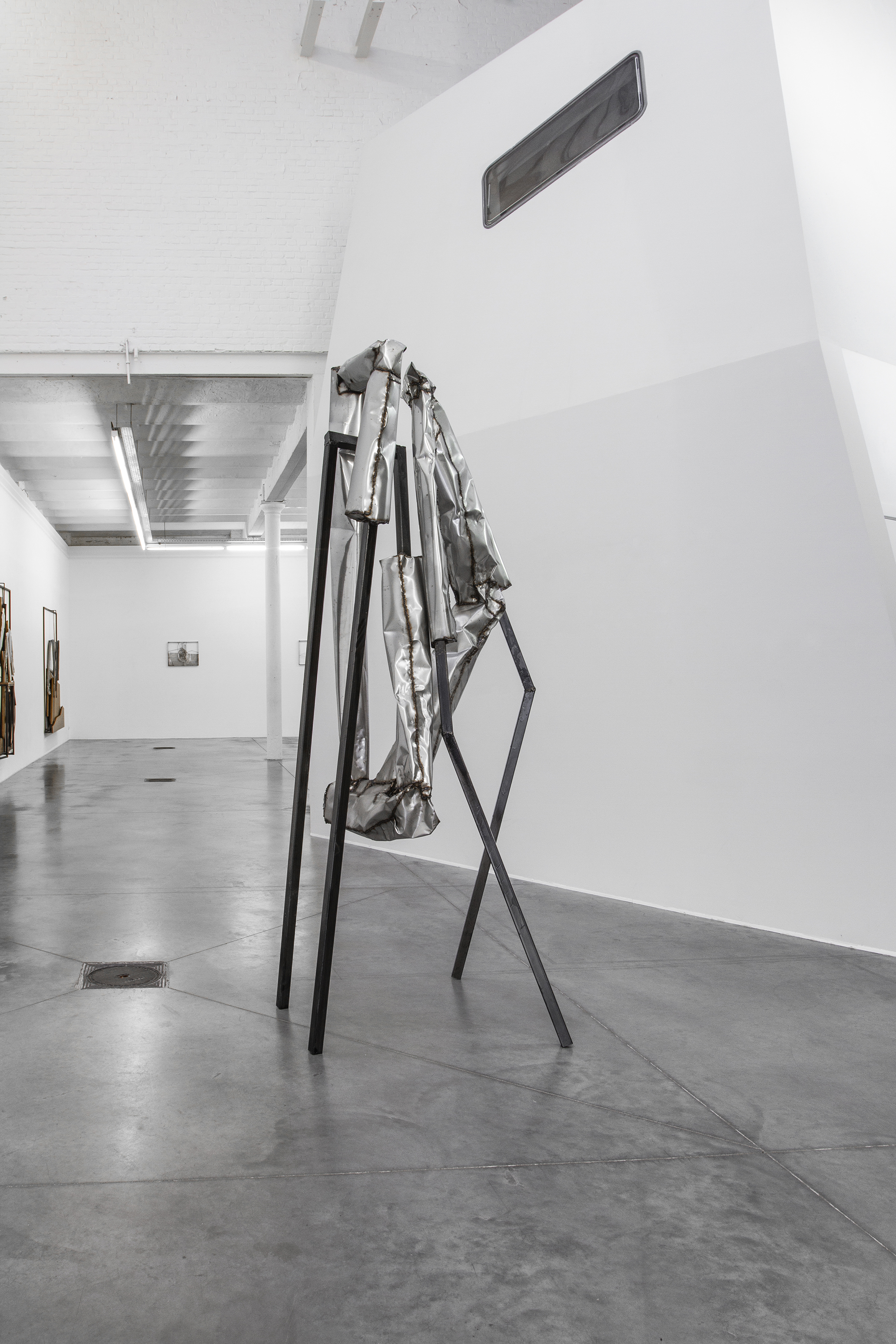
The Floor of my figure
Steel, stainless steel, steel primer, varnish
243cm x 95cm x 90cm
2020
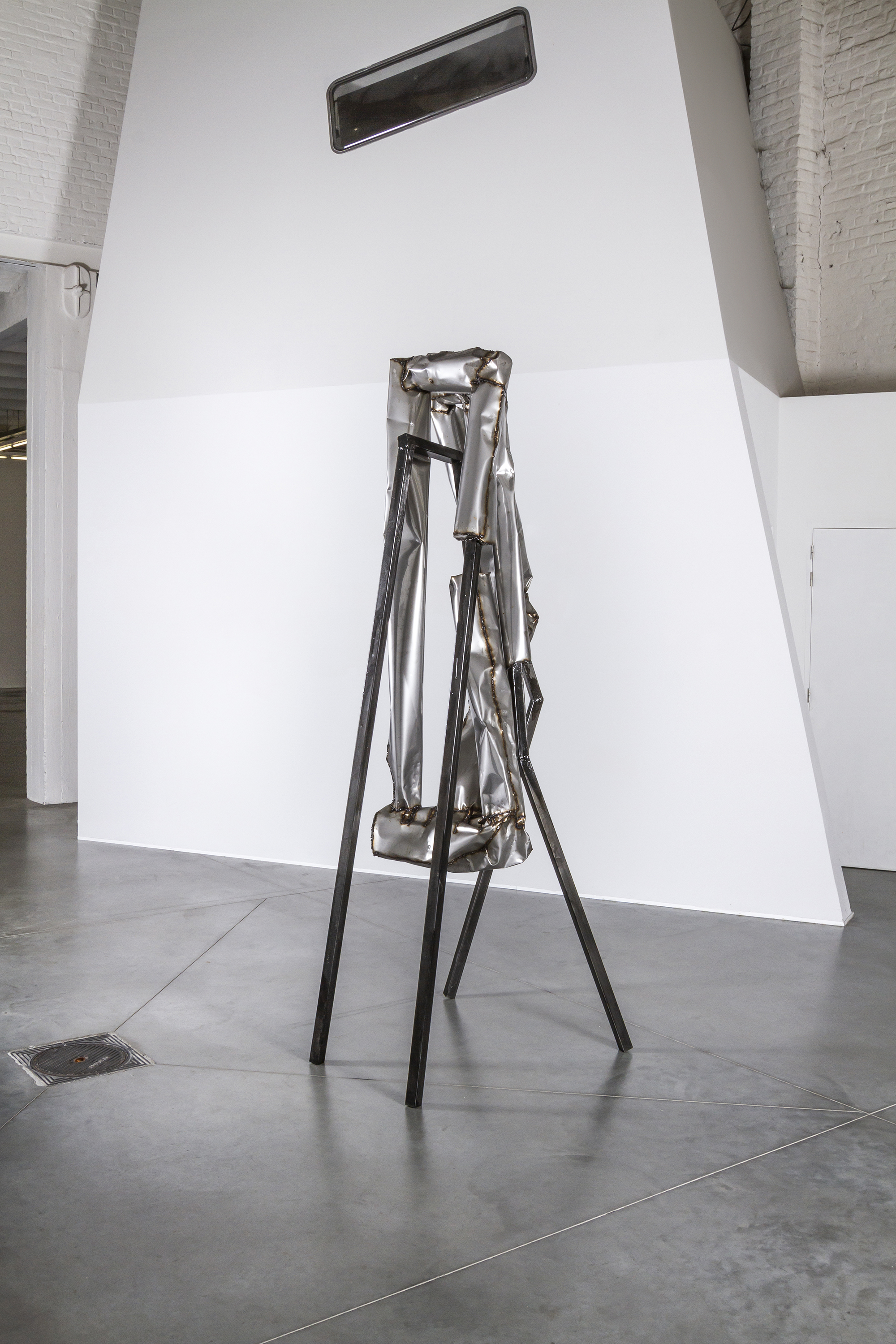
d

d
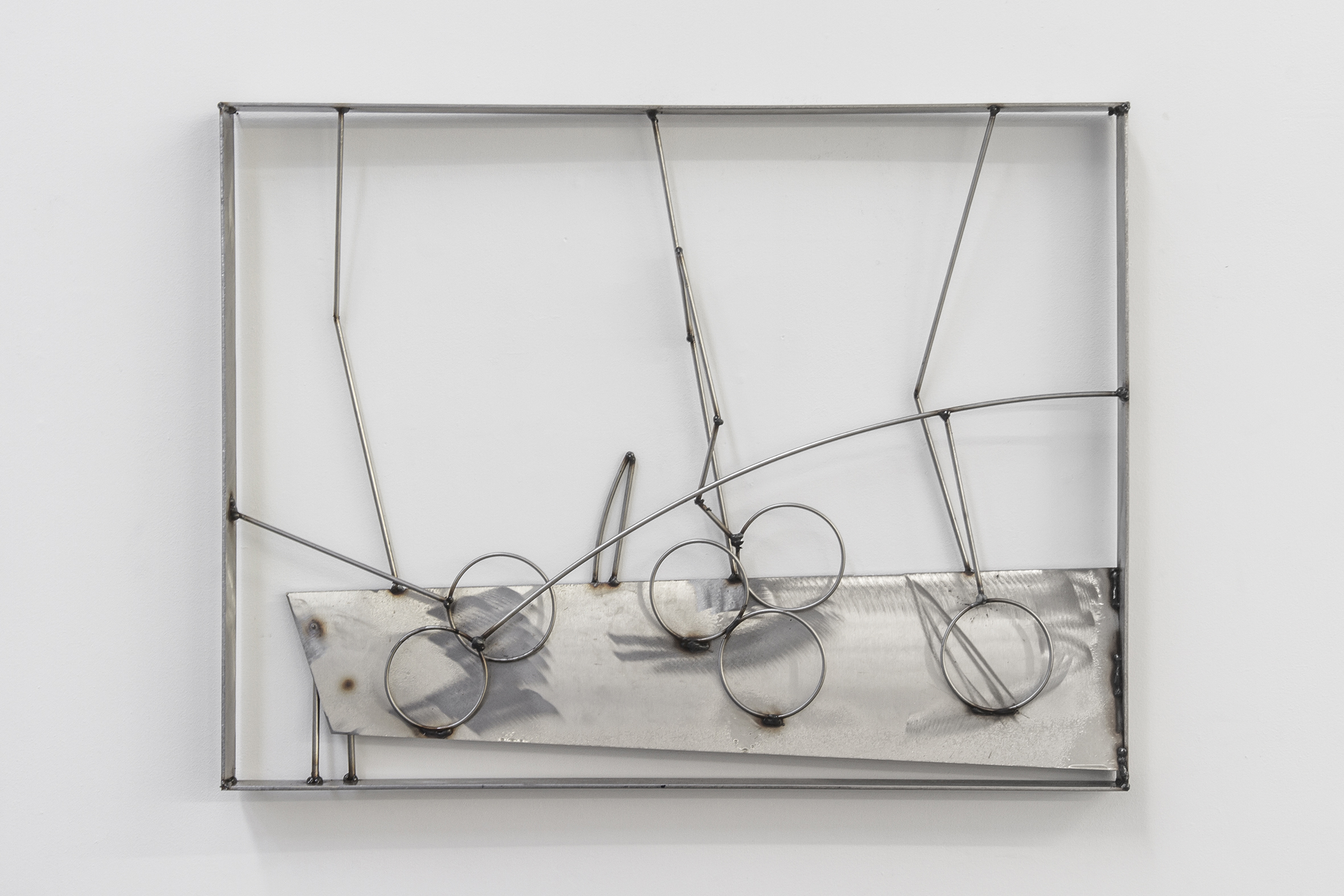
Still life no. 3
Steel, stainless steel, varnish
63cm x 47cm x 3cm
2020

Still life no. 2
Steel, stainless steel, varnish
63cm x 47cm x 3cm
2020
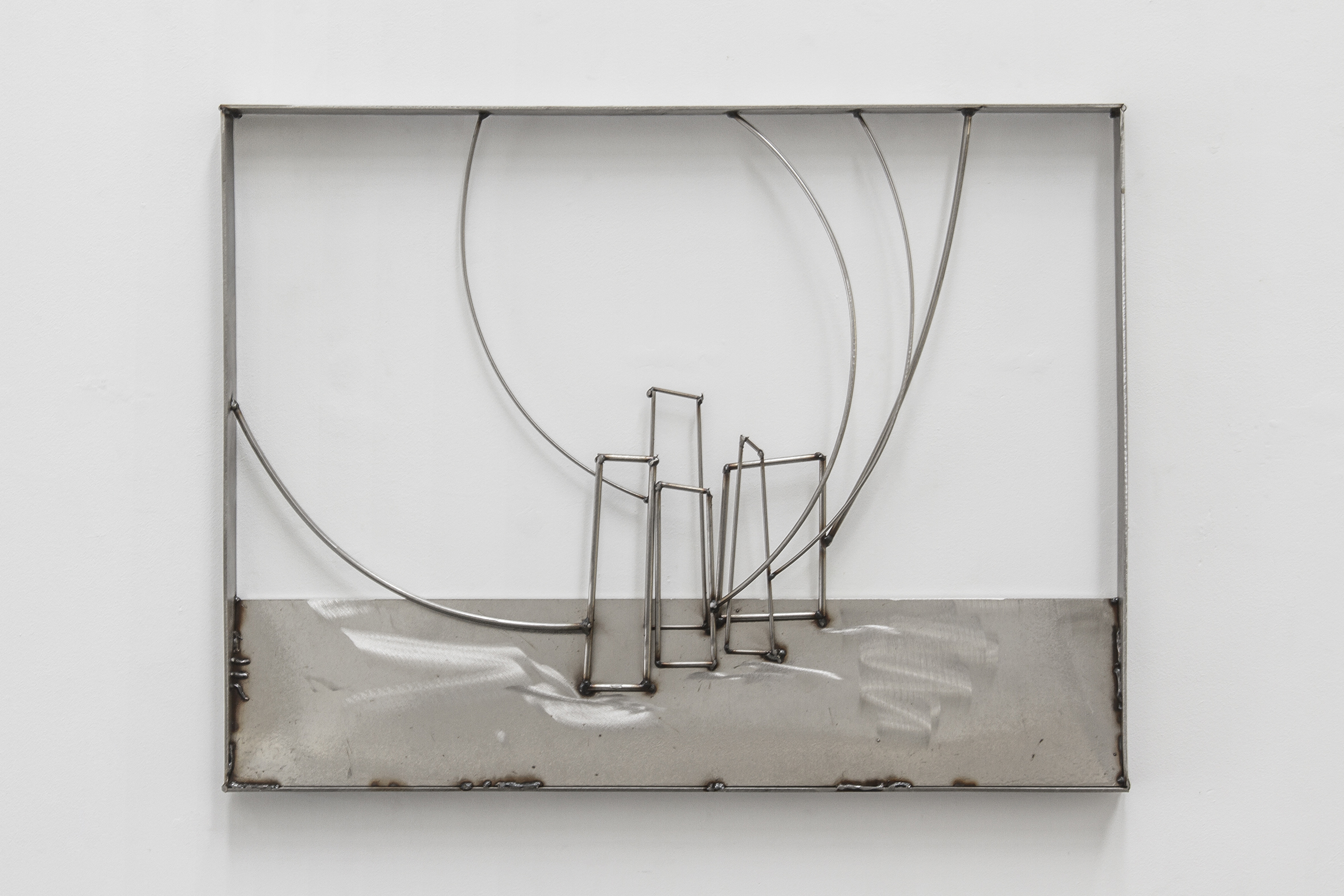
Still life no. 1
Steel, stainless steel, varnish
63cm x 47cm x 3cm
2020
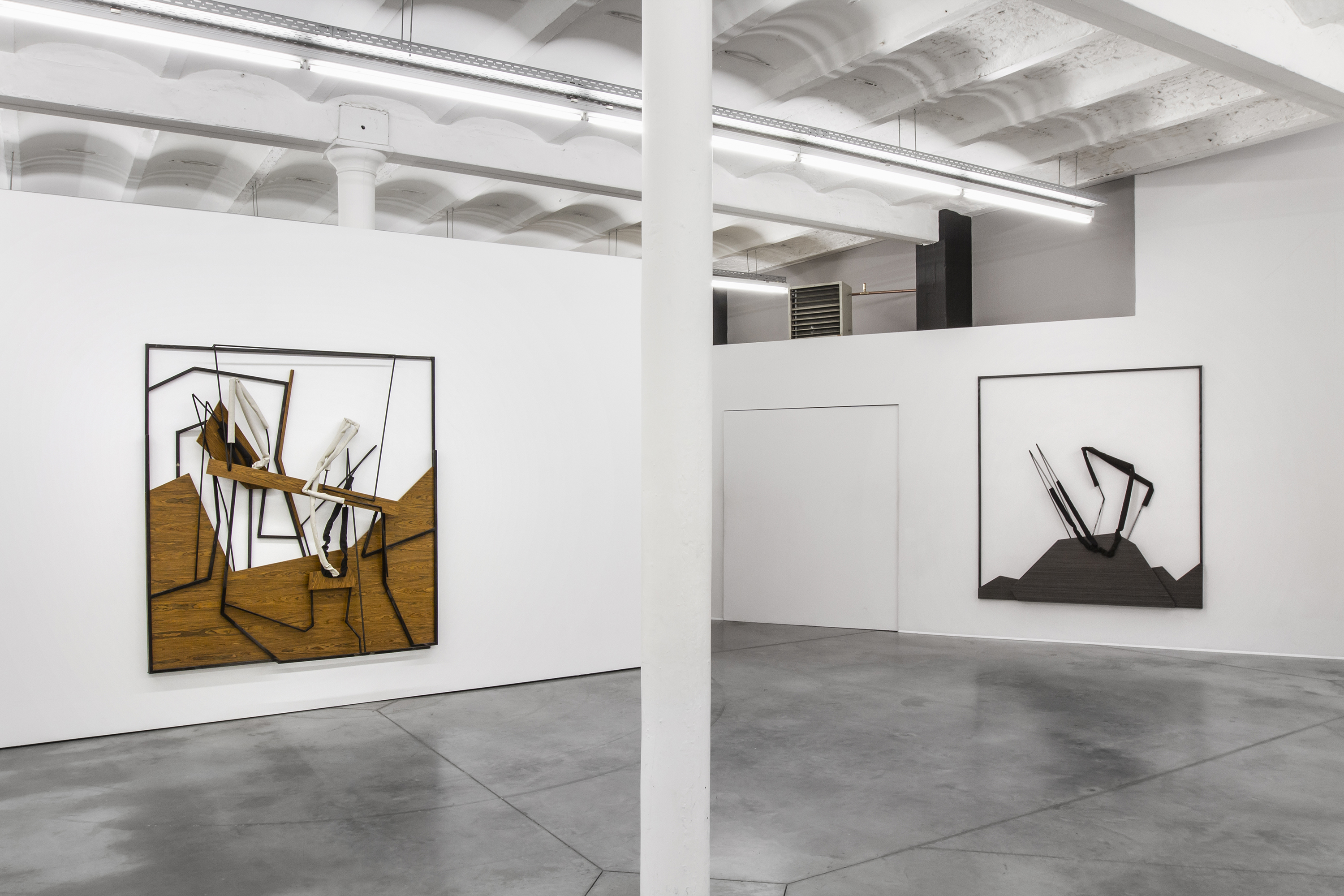
d
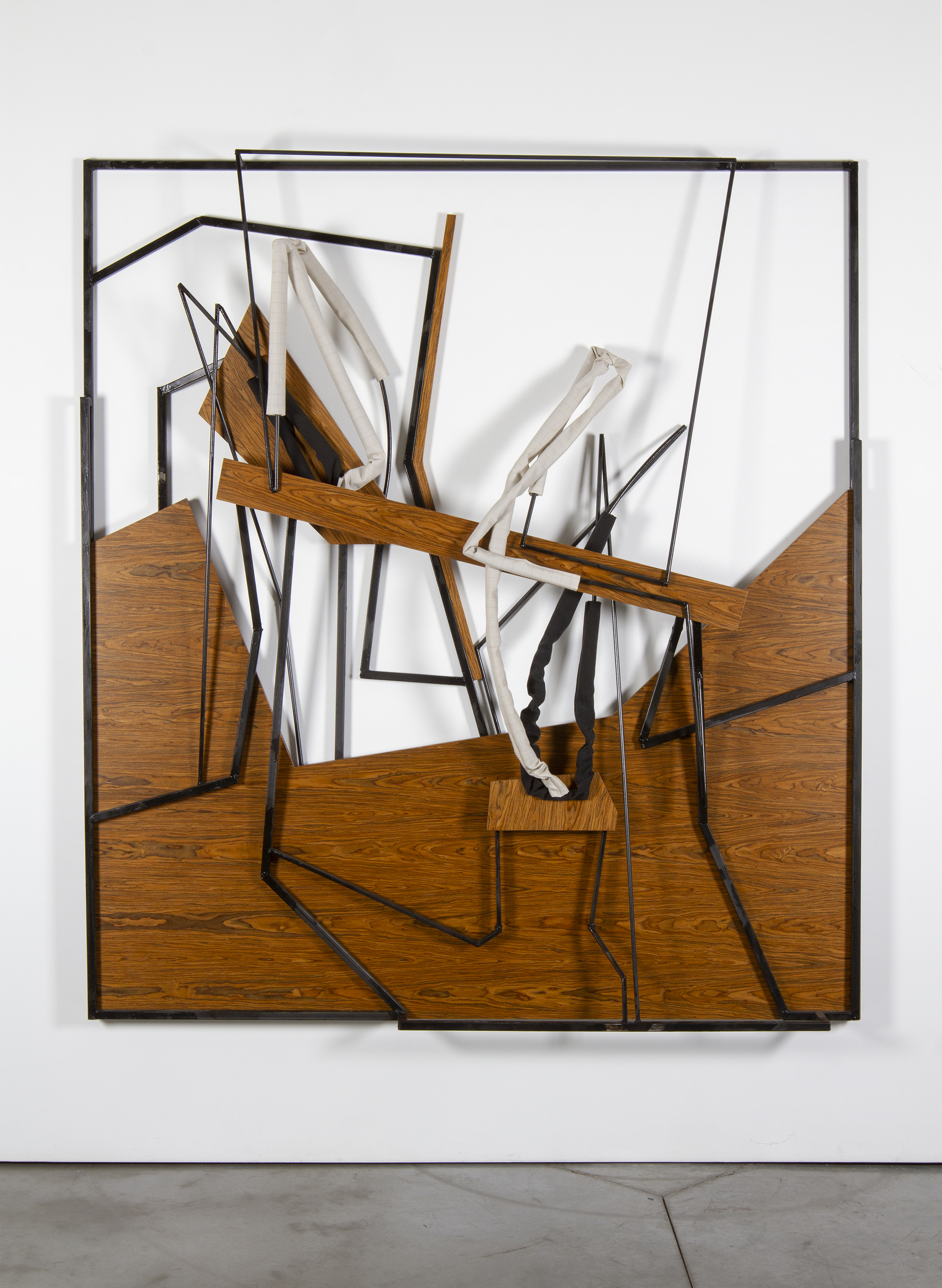
House of sight and memory
Steel, MDF, veneer, textile, metal primer, varnish
200cm x 180cm x 20cm
2020
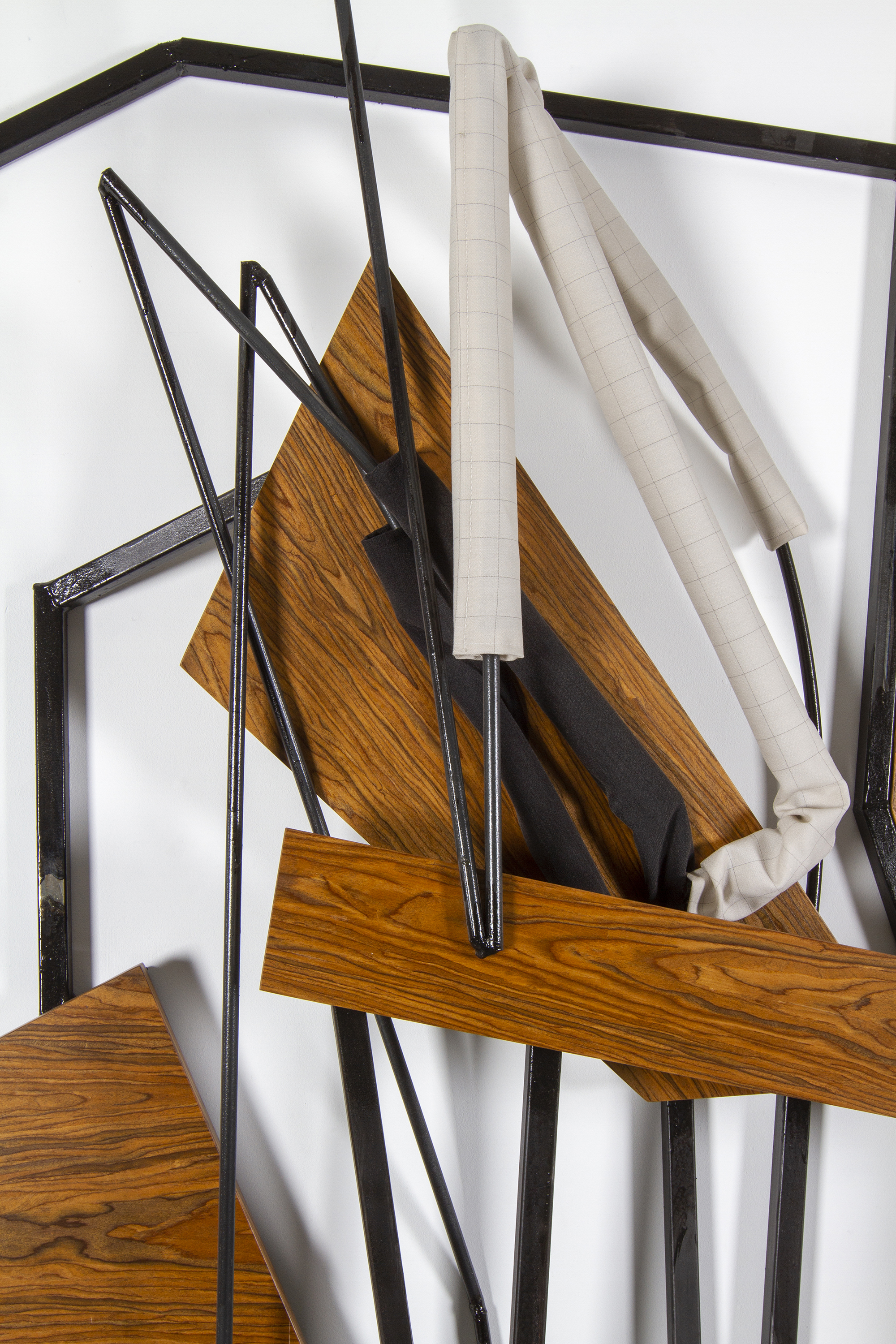
d
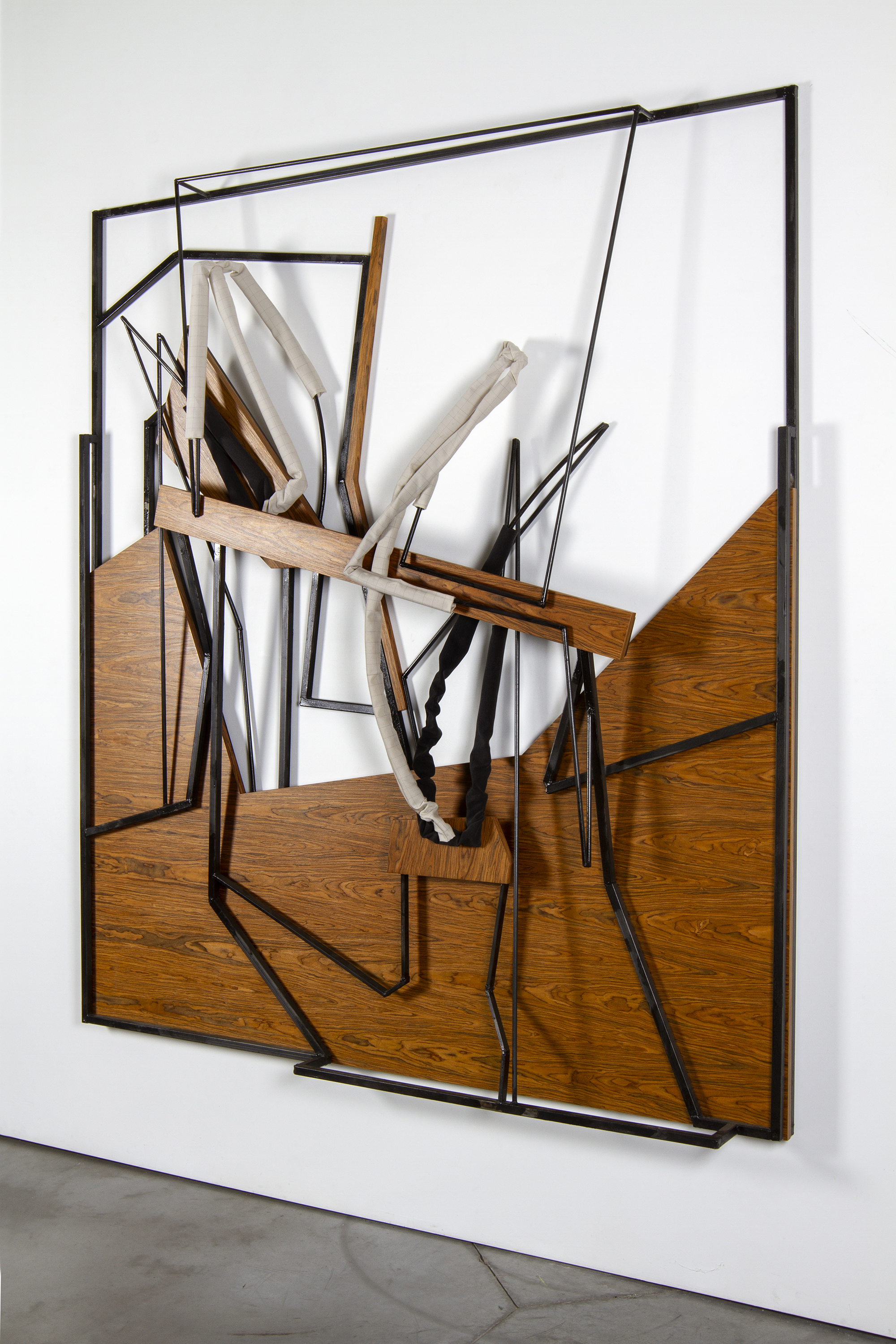
d
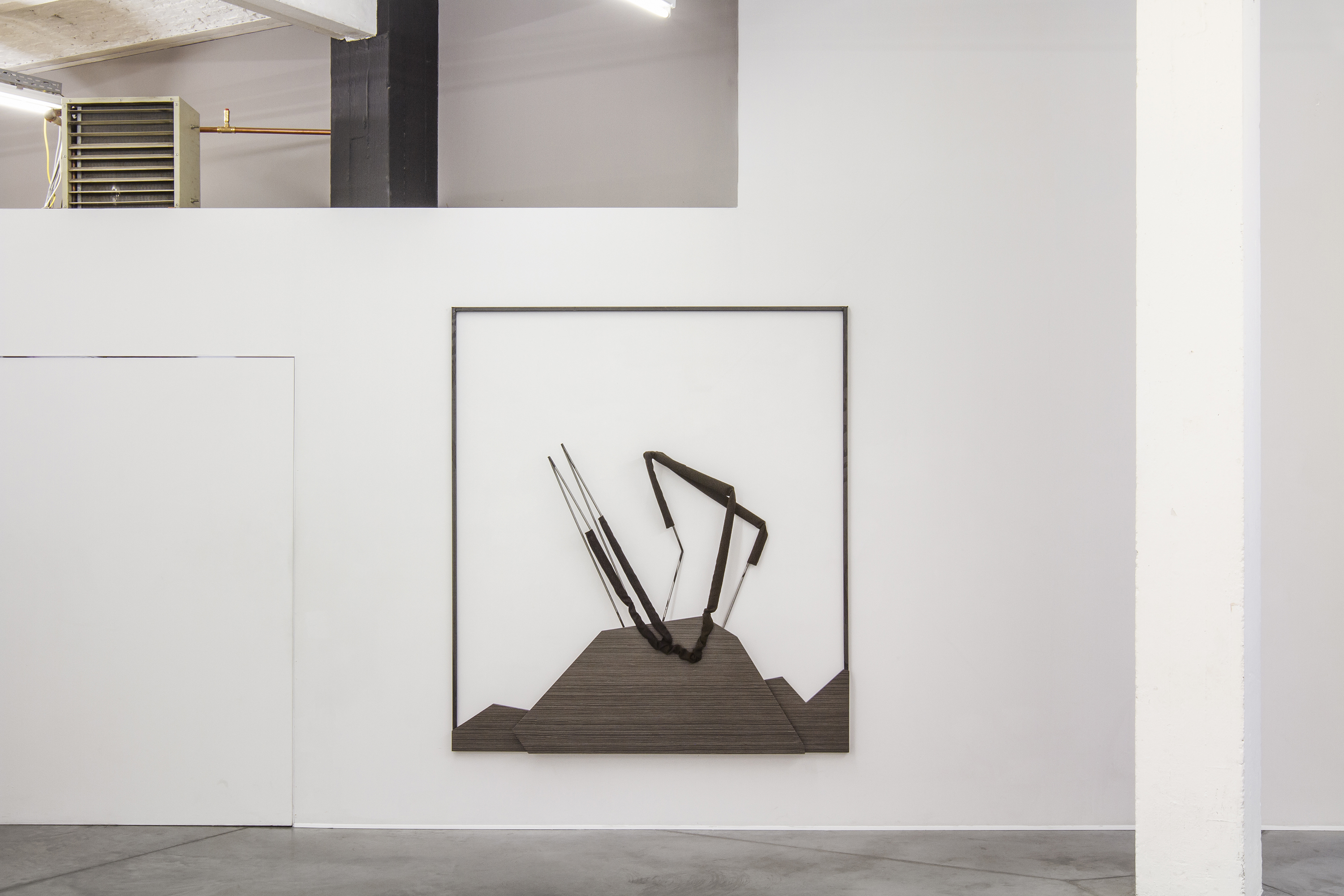
Other stomrs are available
Steel, MDF, veneer, textile, metal primer, varnish
200cm x 180cm x 10cm
2020
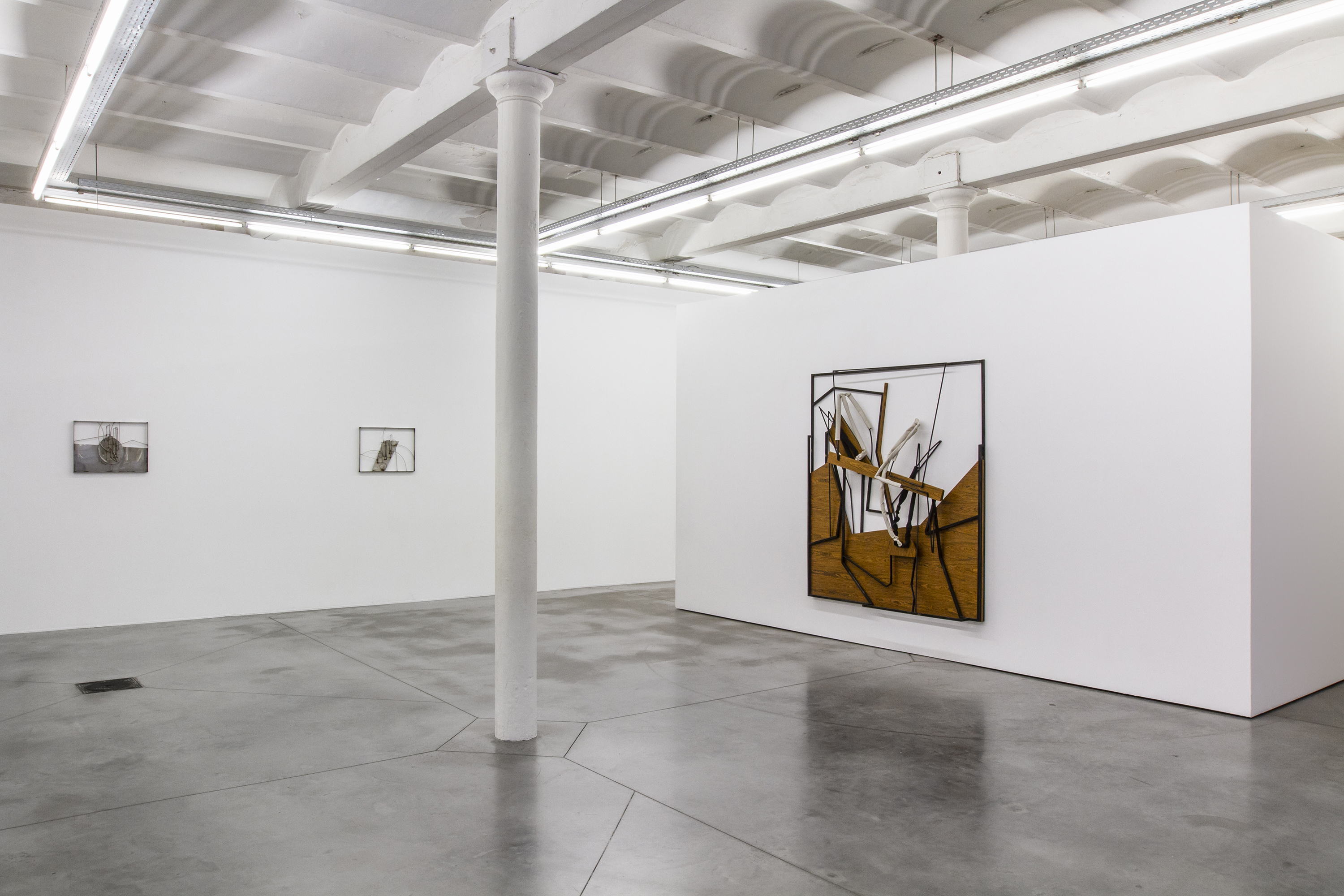
d
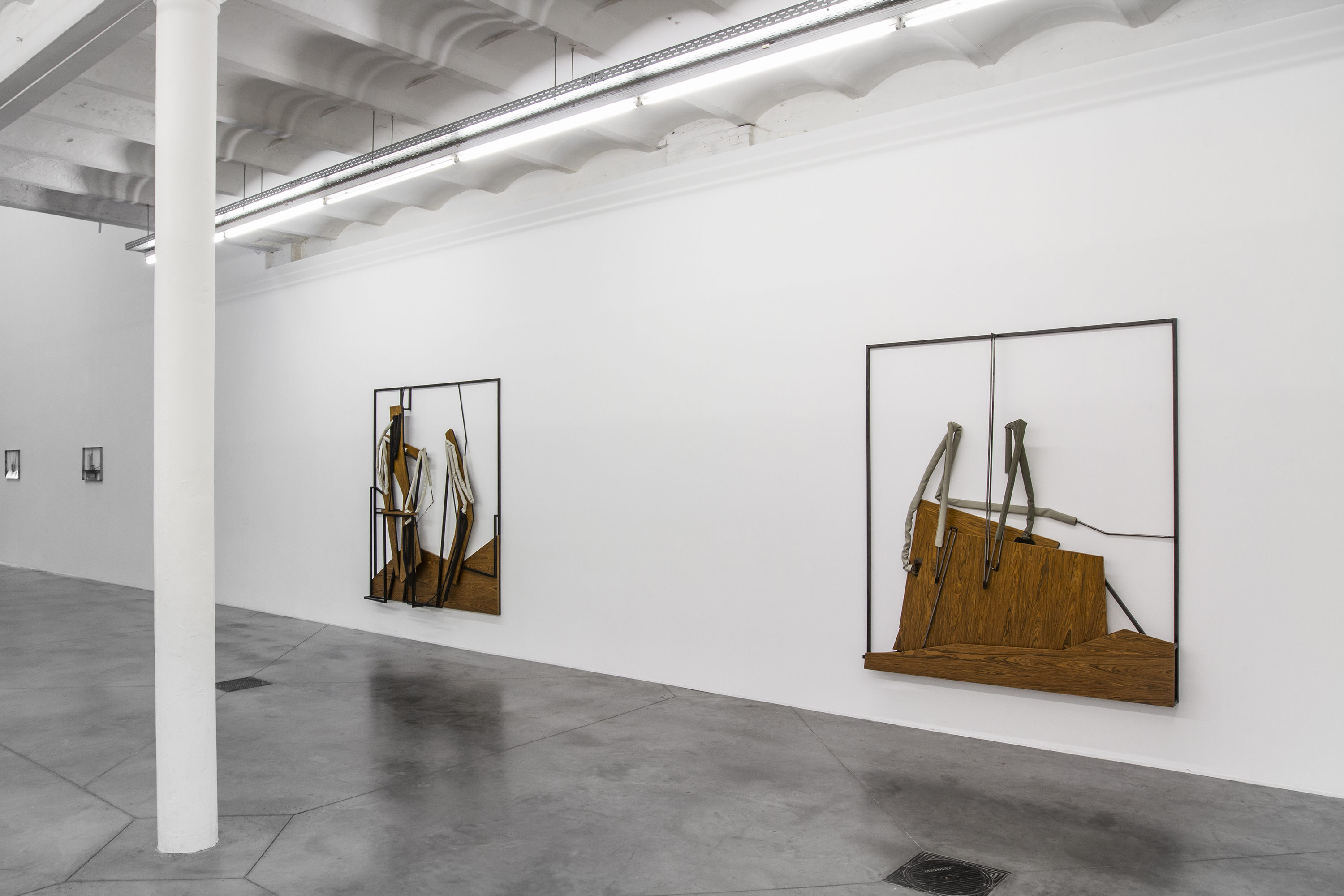
d

Weakdays
Steel, MDF, veneer, textile, metal primer, varnish
200cm x 180cm x 14cm
2020
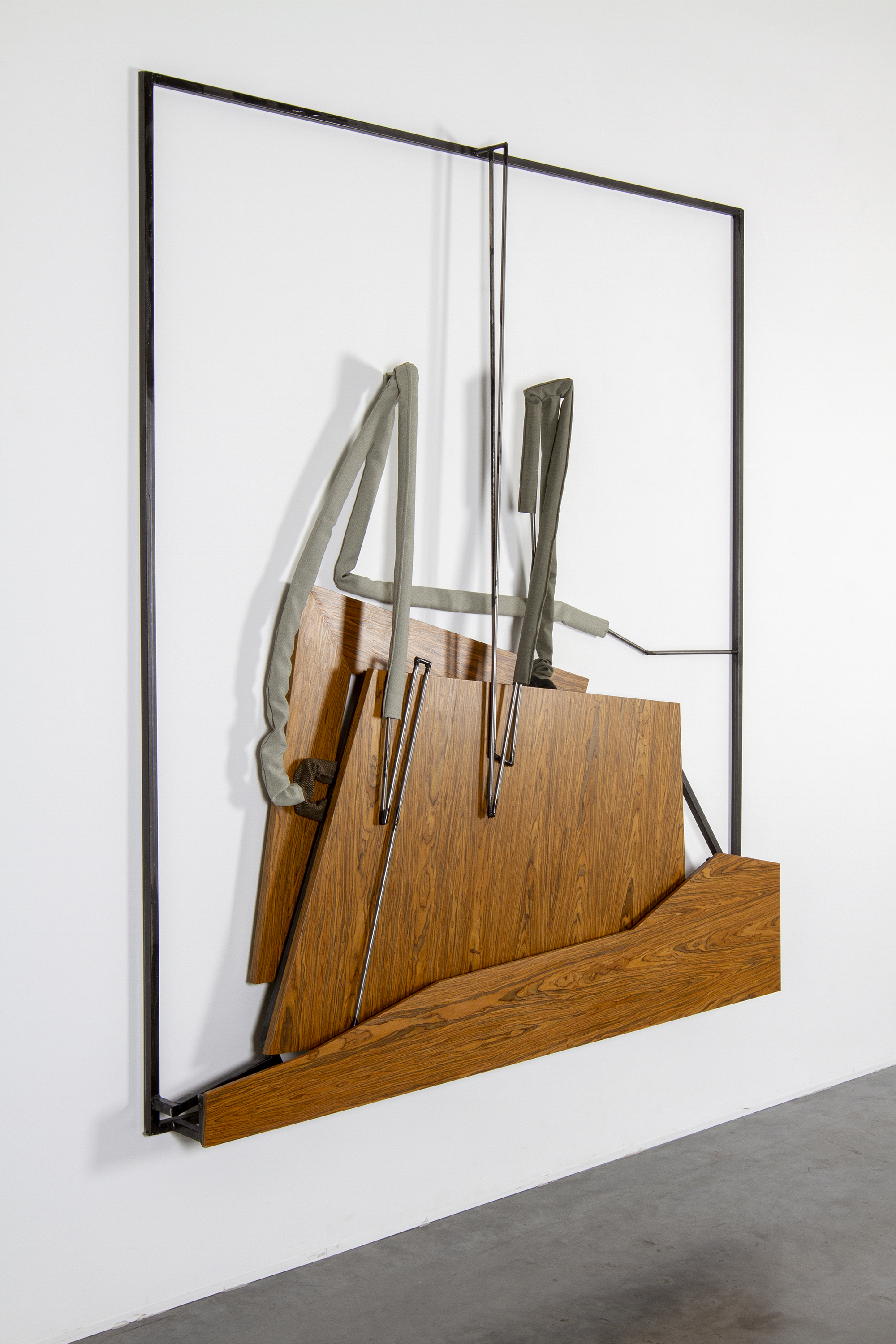
d
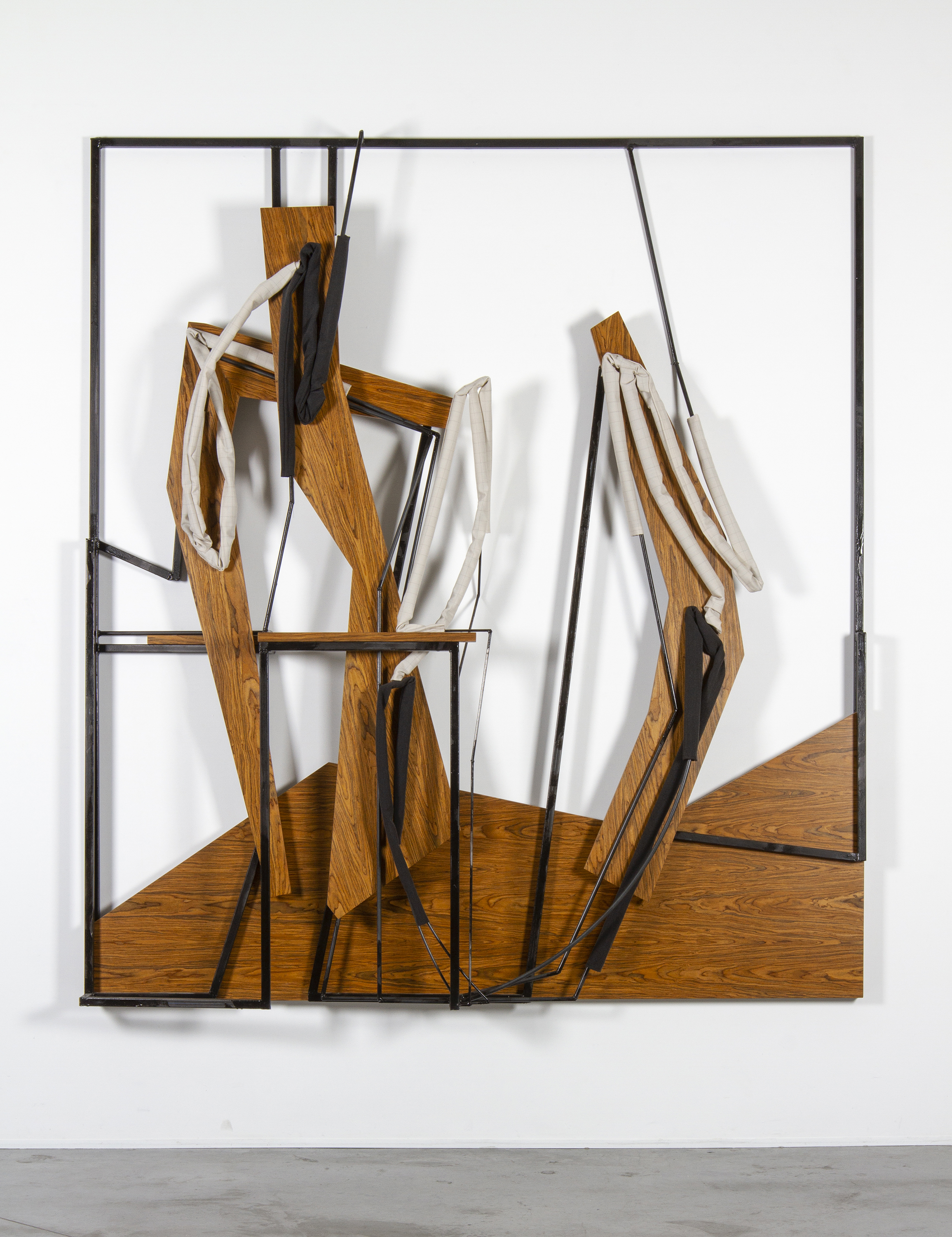
House of memory and sight
Steel, MDF, veneer, textile, metal primer, varnish
200cm x 180cm x 20cm
2020
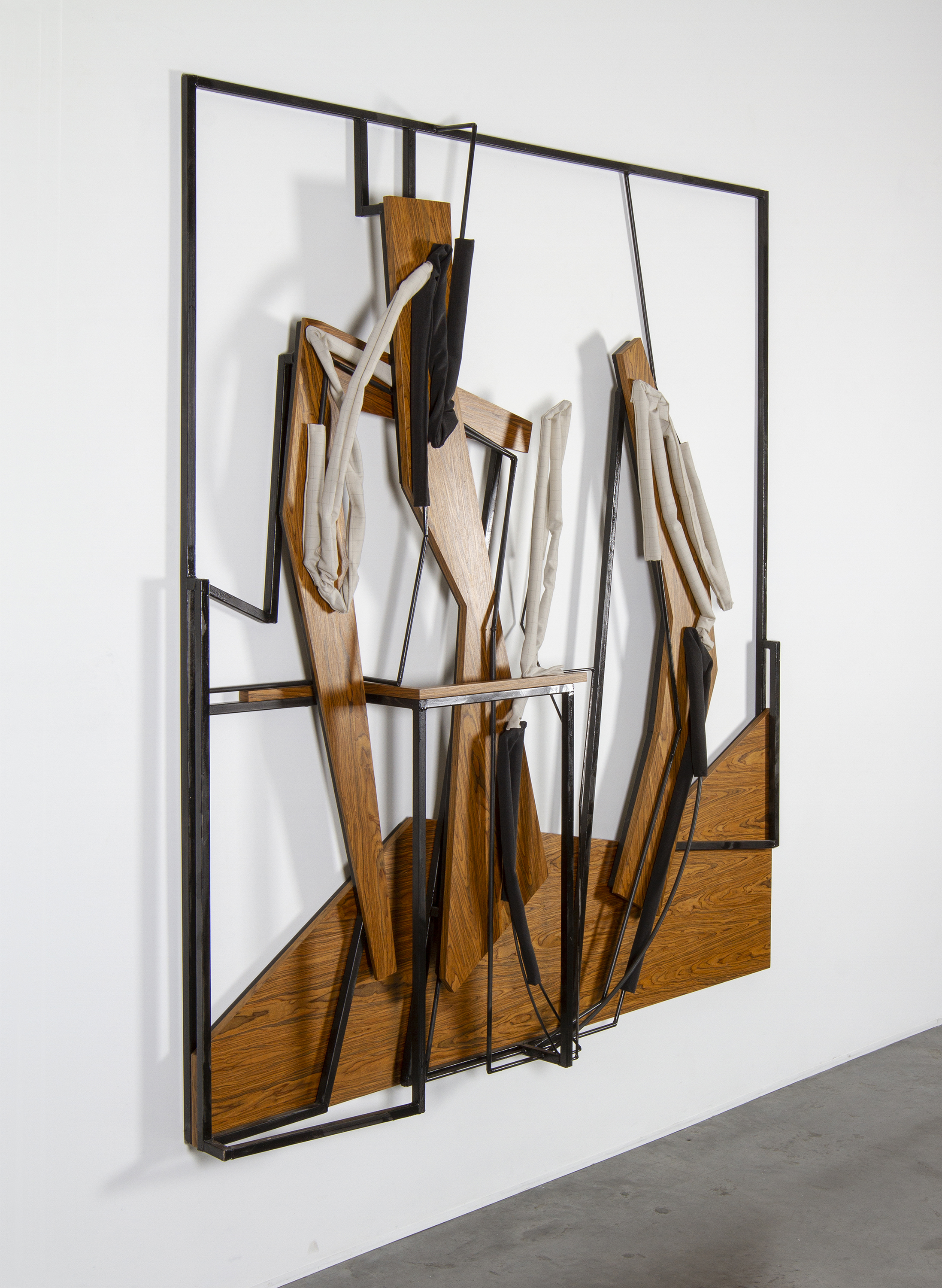
d
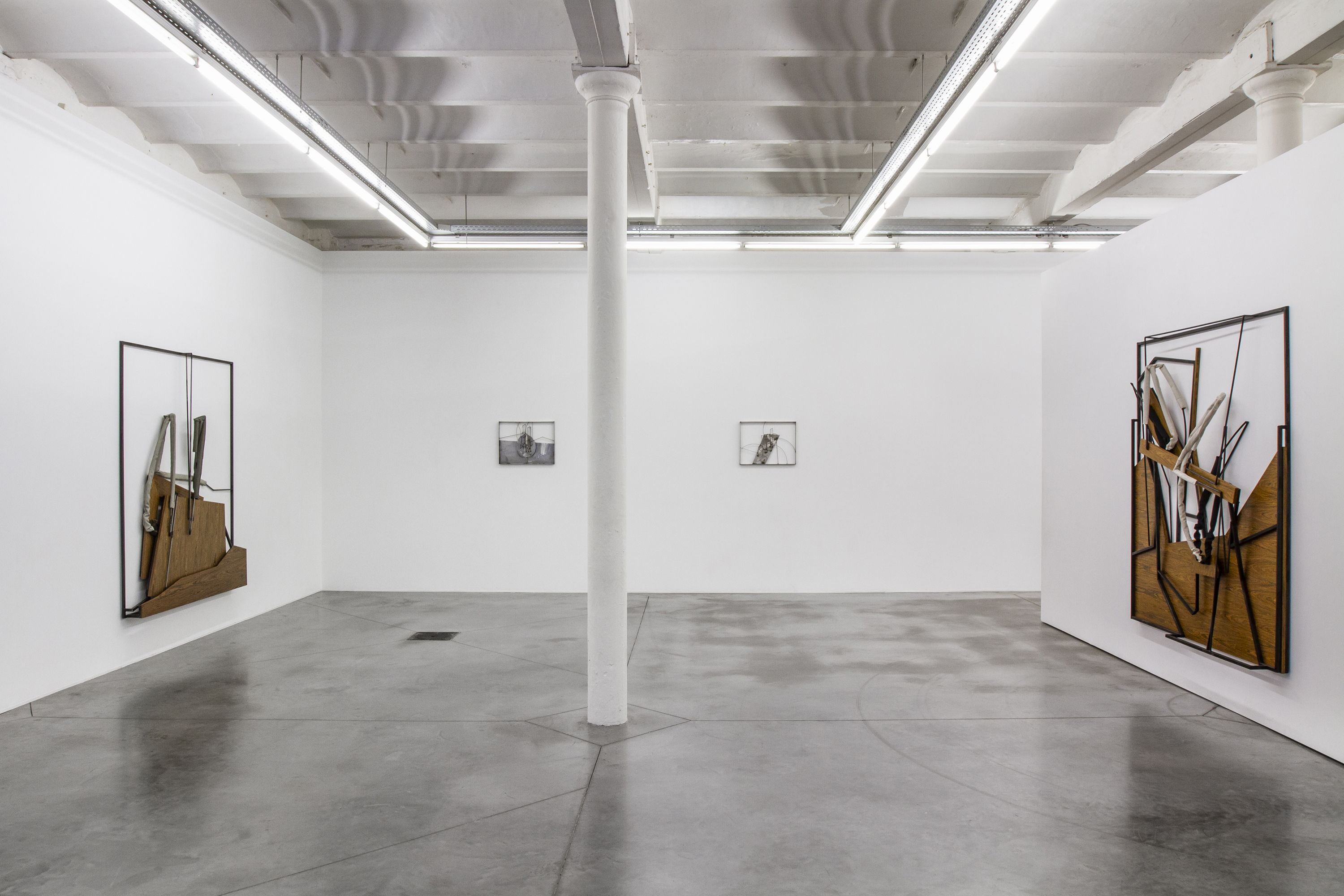
d

Still life no. 3
Steel, stainless steel, varnish
63cm x 47cm x 3cm
2020
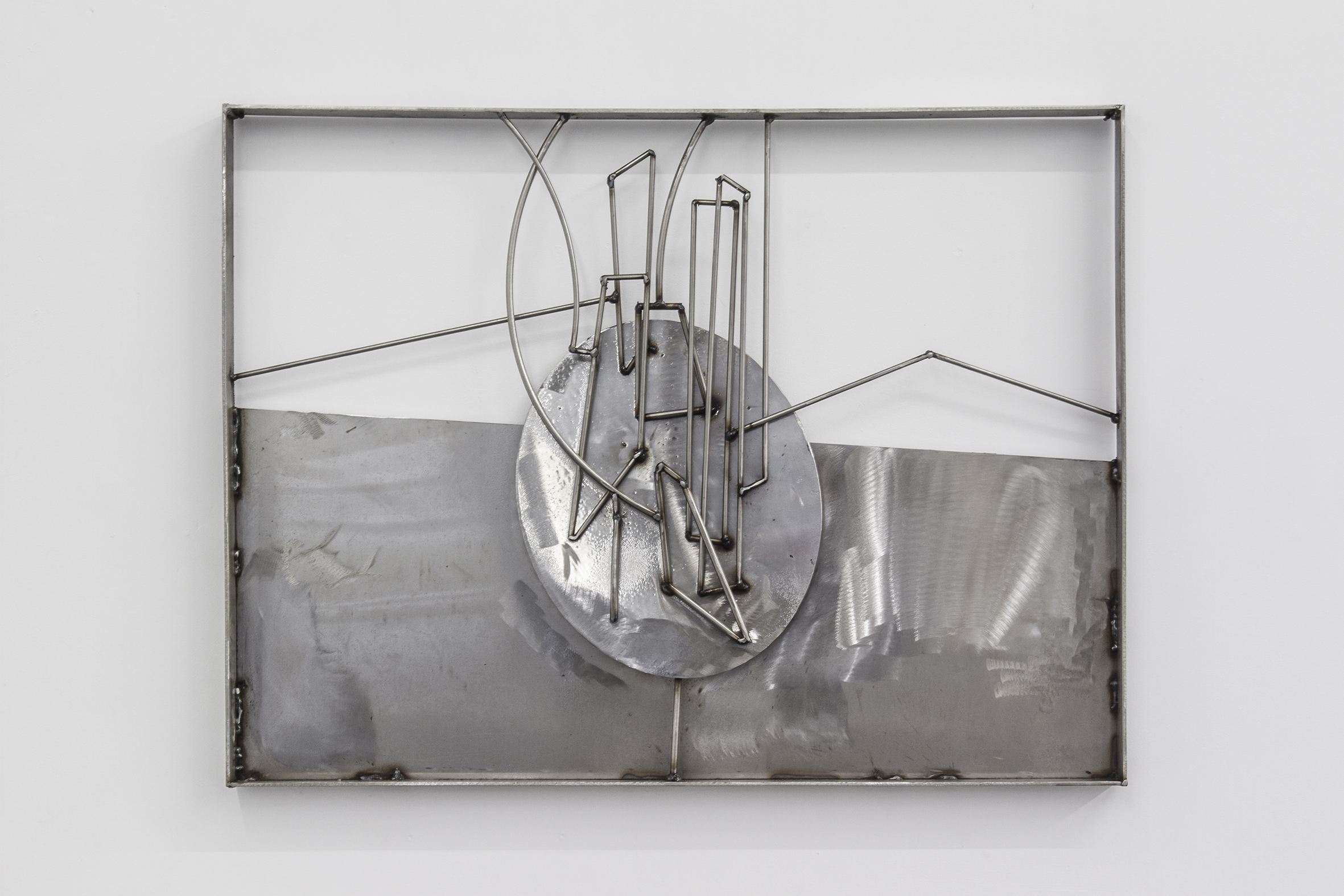
Still life no. 4
Steel, stainless steel, varnish
63cm x 47cm x 3cm
2020

d
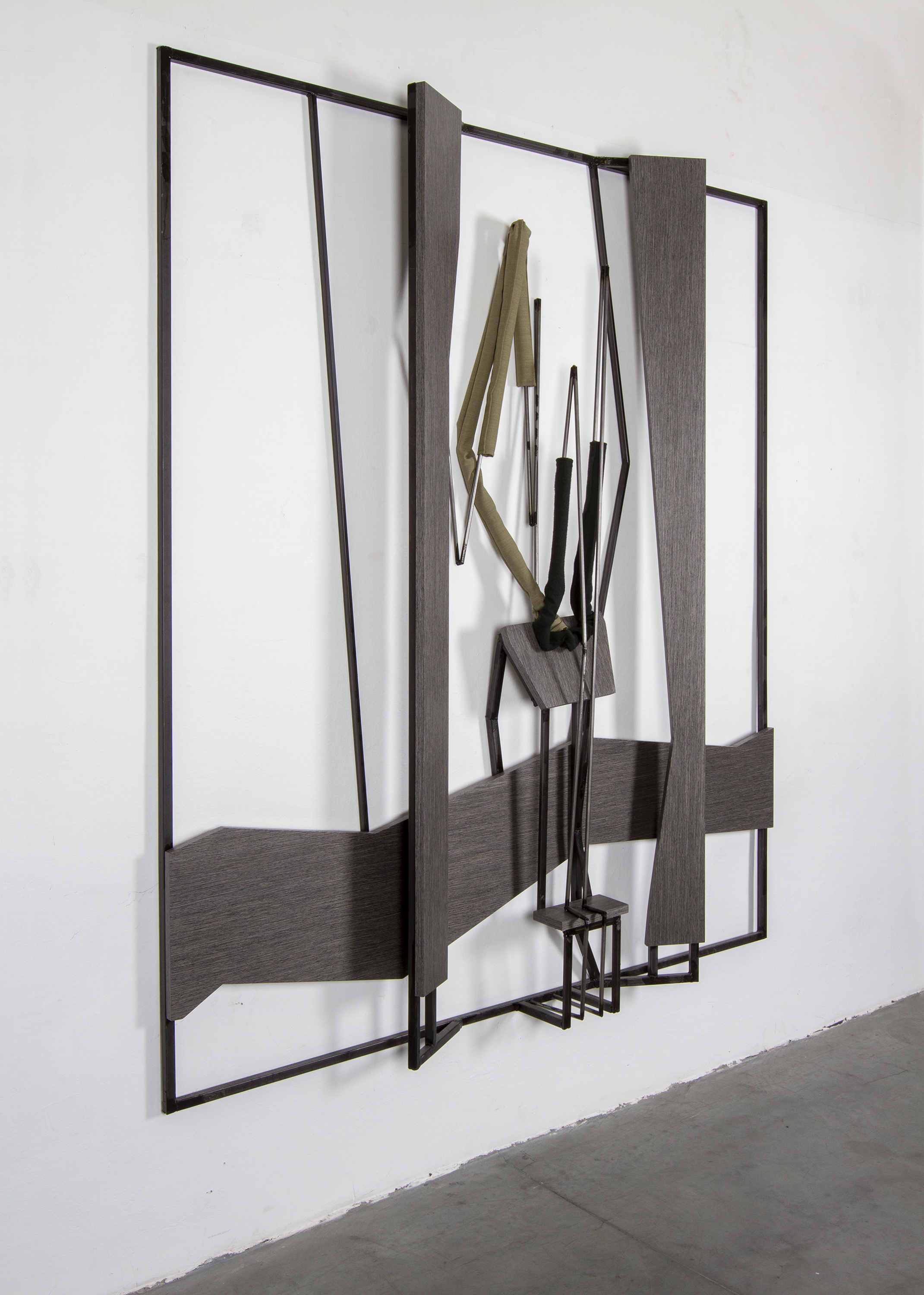
Non-starry night
Steel, MDF, veneer, textile, metal primer, varnish
200cm x 180cm x 20cm
2020
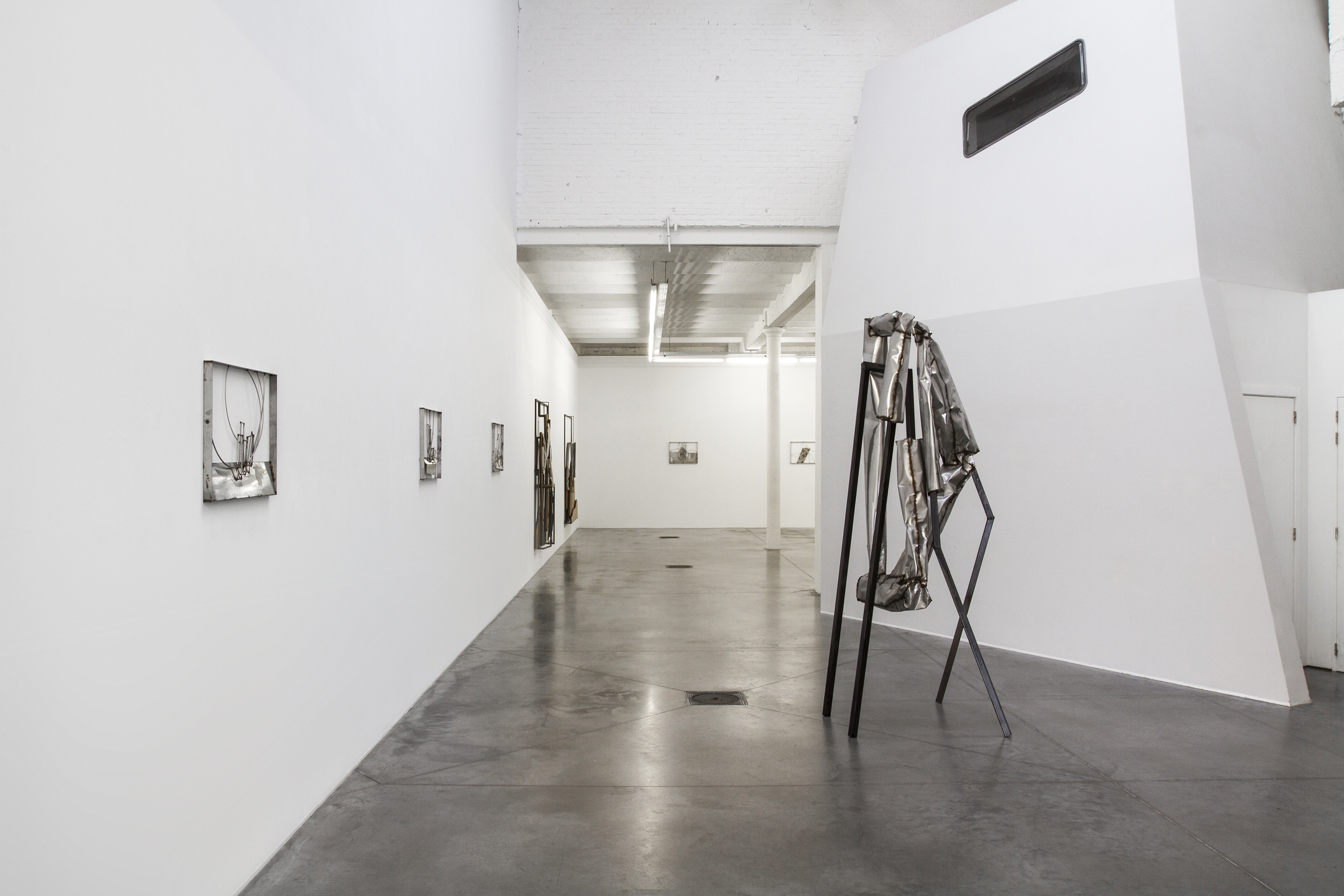
d
“False bottom”
This is an invitation to imagine the portal, an architecturally conceived corpus that results into a form flattened to it’s far end. Here, all the details – isolated, incubated, disrupted – mediates the space apart from what is contained within its own materiality. By directing attention and desire, literally bending it into a palpable stream of energy, Indriķis Ģelzis freeze a particular movement in a given moment. Still life of a still life is a porous entity made of fluid ideas and streams of narratives that suggest to be discovered and re-discovered, entered and re-entered.
Born into the family of artists and architects, shortly before the collapse of the Iron Curtain, Ģelzis’ new work seem to increasingly borrow and develop under the aegis of that very specific cultural time-space. Throughout his plane-sculptures Ģelzis gravitates towards a largely non-linguistic modes of creating, and that appears in forms of crumbled and syntactically broken-up (visual) language and memory affiliated with that. Generations long the Soviet Occupation became a fertile ground in developing a cryptic and coded scheme of messages that contained a strong distrust of the ruling powers. Symbolic stories and images were created, establishing a hidden layer of communication with perceptive audiences. Mimicry, critical appropriation, deconstruction, and inversion reigned as a cultural response to these Soviet conditions. Everyone spoke and conversed in coded and scripted lingua sovieticana, also known as Aesop’s-speech (titled after the Greek slave was granted freedom because of his fables). There was a two-fold purpose for using the language; according to the professor of cultural studies Irina Sandomirskaja: (..) an act of using Aesopian language is to distract the censor while alerting the sympathetic reader to the presence of the ‘false bottom’ in an apparently innocent statement. Both tasks make appeal to the sensibility of the reader. In order to understand, the reader/hearer must look away from, or through, what she reads or hears. She must possess the active sensibility that would enable her to hear what has not been uttered or to read what has not been written. Again, Aesopian language is more than conspiracy: it is also an aesthetic formed in the game of speaking politically, in which exchange of meaning occurs thanks to a shared sensibility of dissent.
It is therefore, one possible approach to perceive Ģelzis’ works as a twice-removed and time non-specific political allegory about hidden structures of power, that akin to the Breachtian epic theatre narrative, transmit the notion of an absurd. Such power that rules the totalitarian/capitalist universe and employs constant violence/surveillance/monitoring as means of gaining the consensus of all the participants in regard to the rules of a (cruel) game. Here, the irrationality of the human condition and the illusion of living from one side meets a form of rebellion and a critical response to the patterns of oppression highlighted with the possibility of hidden social and anti-colonial protest from the other.
Fleshed out of a virtual image using 3D software, these humanlike rigid architectural sculptures contain effortful physical labor of welding, bending, grinding, burning, oiling, and sewing. Resisting explicit interpretation and lacking an organizing premise beyond themselves, Ģelzis’ painterly frames are both software “crafted” , as well as left to a “pure chance”. One thing is certain – subtly self-replicating, they are conceived thinking about seriality and graduate progression until constructions reach the stillness.
It is as if the evil Perpendicular, a character from the Latvian animation movie “Dillī Dalī in the world of the Perpendicular” (1976) carries the role of a dramatic character – the protagonist in this case. Echoing Perpendicular’s – the perpetual enemy’s – intention to undo/ruin everything that is alive (contrary to the giddy Dillī who possess power to bring life into the things, be it his toys or other things) by putting into a frame (literally, behind the bars) – birds, plants, children – Ģelzis’ works out of line (think of it as the tiny body of the Perpendicular) and forces/collapses everything back into a line. The only exception here, is that who gets trapped into the frame, in the prison of its own will, is the evil geometrical figure – this mutable – “rambling” – schizoid – himself.
Zane Onckule
October, 2020
Riga
[1] Irina Sandomirskaja, “Aesopian Language: the Politics and Poetics of Naming the Unnameable”, in The Vernaculars of Communism: Language, Ideology, and Power in the Soviet Union and Eastern Europe/(ed) Petre Petrov and Lara Ryazanova-Clarke, London: Routledge, 2015, p.73-75.
d
d
d